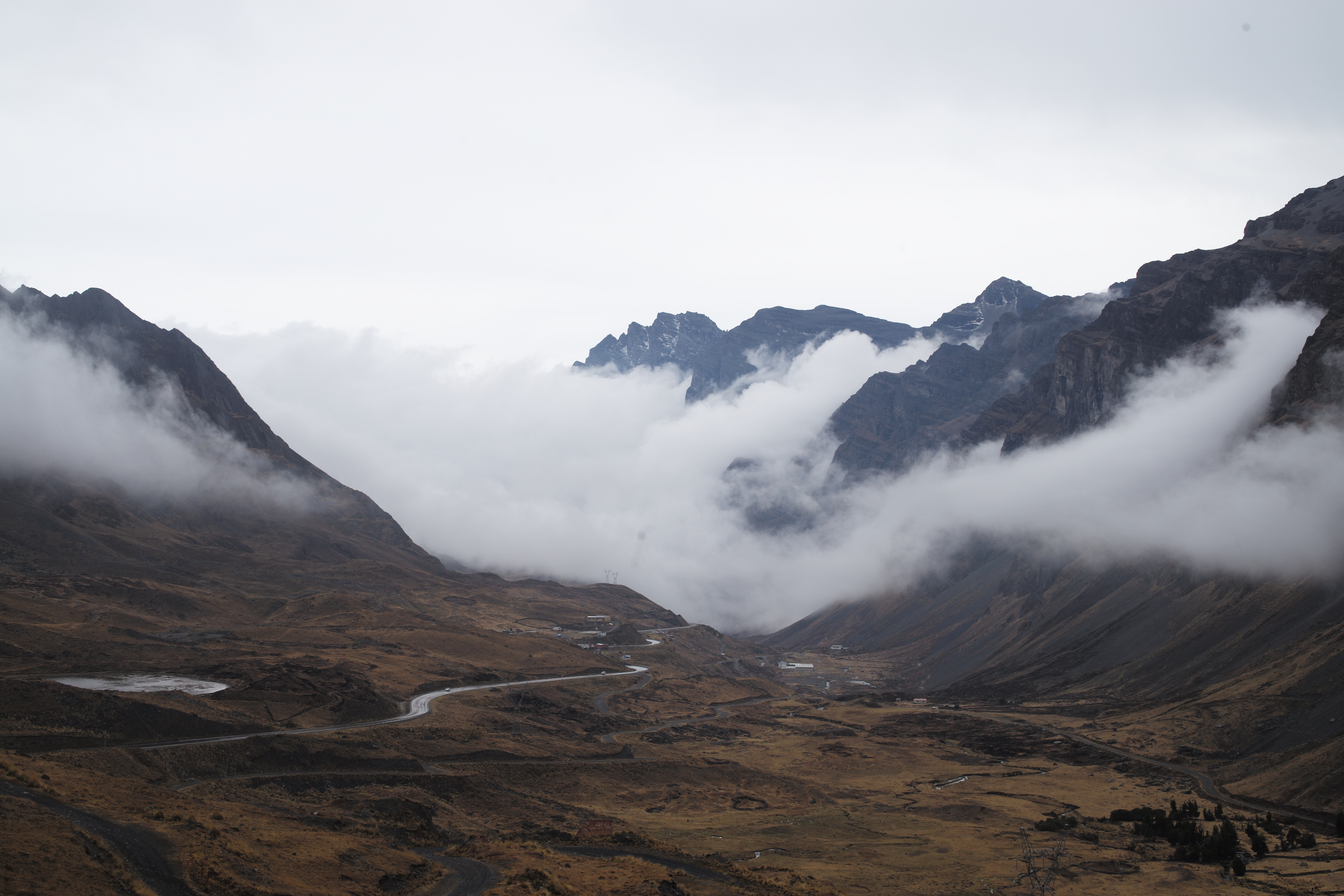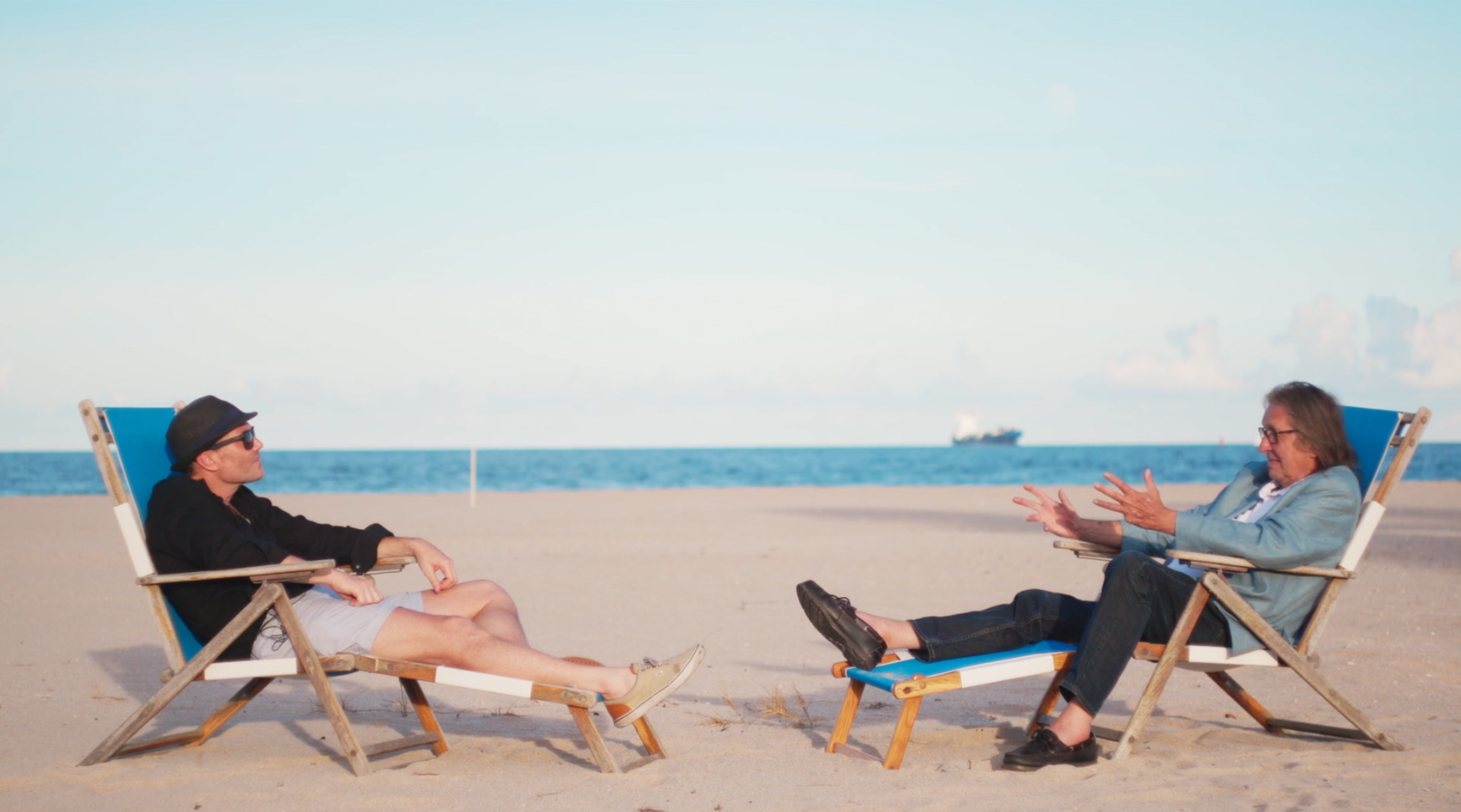Rusty Young is an Australian writer best known for his book Marching Powder, which chronicles a voluntary three-month stint in Bolivia’s infamous San Pedro prison. The fact he paid money to be locked in a South American jail is probably enough to tell you what kind of person Young is. Just so we’re clear, he literally wears a black fedora, which actually manages to look more Indiana Jones than it does Reddit.
I’m talking to him at the press junket for Wildlands, a new documentary about the United States’ ongoing war on drugs in South America, released to accompany the latest game in Ubisoft’s Ghost Recon franchise. He was chosen as the narrator for the documentary, having spent the past seven years living in Colombia, researching drug trafficking and terrorism. But Young is actually an unlikely narco expert.
Videos by VICE
A couple of decades ago, he was a 20-something Australian backpacker like any other who made his first trip to South America after graduating from law school in Sydney. “I grew up in a stable, middle class background, went to law school,” he explains. Then, while traveling, he became interested in the rumours he was hearing about the vast amounts of cocaine being produced in distant Bolivian villages, which led him to visit the “cocaine prison” San Pedro. There he met Thomas McFadden, a convicted cocaine and heroin trafficker from the United Kingdom by way of Tanzania.
“I fell into this world by accident, and it was actually on the very last day of my backpacking trip through Bolivia that I thought I’d check out the prison. But then I met Thomas and it completely changed the course of my life,” he says.

Yungas Road, Bolivia
Wildlands sees Young interview a series of insiders from the South American drug trade. He speaks with two ex-DEA agents who both worked undercover for decades, infiltrating deadly drug trafficking rings and seizing huge quantities of cocaine and heroin that were making their way to the United States. He also interviews Adam Newbold, an ex-NAVY SEAL who toured Bolivia, Panama, Mexico, and Colombia as part of US Special Forces throughout the 1990s and 2000s, assassinating individual drug traffickers and training local military operatives on drug seizure tactics.
Then there are the traffickers themselves, including veteran hitman John Jairo “Popeye” Velasquez, aka Pablo Escobar’s favourite hitman in Colombia’s notorious Medellin cartel throughout the 1980s. Another Medellin player Carlos Toro, who successfully acted as a DEA informant for more than 20 years, makes an appearance too. As does Pilar Angel—a mule for several different drug rings who posed as an innocent airline stewardess throughout the 1970s and 80s, transporting coke to the United States and eventually becoming a DEA informant when he was busted.
All of these people serve to construct an image of the fractured pipeline which pumps cocaine from South America into the United States. The documentary actually begins in conversation with George Jung, the man who essentially introduced cocaine to North America. Immortalised in the movie Blow, Jung was the Medellin cartel’s USA connection: responsible for 85 percent of the cocaine imported into the United States between the 1970s and 1980s. And although he served a lengthy prison sentence as a result, Jung seems to recall his years as a kingpin with affection. Or maybe that’s something to do with the cocktail that remains in his hand throughout the interview.
“He was actually drunk the whole time, we had to do the interview sitting on deckchairs because he couldn’t stand up,” Young explains. “But he’s a very smart and articulate guy, so it still worked.”

Young and Jung
It’s all very Hunter S Thompson, and Jung makes the life of an ex-cocaine trafficker look rather glamorous. “I get the sense that in the time he was involved it was all a game to him, all fun and adventures,” Young says. “He hadn’t really foreseen the consequences. When cocaine first came out it was just seen as a fun drug, it wasn’t until the early 1980s when the Reagans came out with the ‘Just Say No’ campaign that the US really started to see cocaine as a major problem. So I don’t think at the time he saw it as such a bad thing. After 20 years of prison I don’t know if he regrets it, but he’s certainly philosophical about what he’s done.”
Jung provides a gentle introduction into the nefarious world of cocaine trafficking. But the documentary’s other interviews will likely succeed in making you re-think the line you did in the club bathroom last weekend. Especially the one with Popeye, Pablo Escobar’s former right hand hitman, who has personally confessed to more than 250 murders and was responsible for the deaths of at least 3,000 people. He’s one of the only remaining members of the Medellin cartel—most of them are either dead or in jail.
At the time of the interview, Popeye has only just got out of prison himself. He now claims to atone for his crimes, even running a confessional YouTube channel called Popeye Arrepentido (“Remorseful Popeye”). Still, the documentary crew were understandably wary about meeting him in person. And while there are some gratuitous shots of Popeye smiling at some children in the documentary, he still comes across as extremely creepy.

Just to give you an idea
“Having killed so many people, we knew he’d be a target, and he did actually turn up to the interview with some sicarios on motorbikes,” Young says. “There was never any aggression and he was polite and courteous but it was still very intense interviewing a psychopathic mass murderer. So I started the interview with some fairly soft questions and let him talk, give his version. By the end I was ratcheting up the questions, and I was shaking. I was glad to get out of there.”
Popeye is, well, not a good dude. But the documentary also serves to show how the actions of Drug Enforcement Administration agents from the United States tend to be ethically ambiguous at best. DEA informant Carlos Toro openly cries on camera as he describes the agency using and abusing him for twenty years, eventually refusing to grant him US citizenship he’d been promised after the two decades of undercover intelligence he undertook on its behalf at huge personal risk. Meanwhile, the DEA agents interviewed offer level perspectives on their lives undercover, neither seeming convinced that their actions were particularly effective.

Rusty with Carlos Toro
“We didn’t set out to solve the problem or propose any solutions,” Young says. “The aim was just to give people insights into the different sides of the drug trade. Definitely though it’s very obvious that only attacking the supply side of the drug equation is completely illogical. We also need to address the consumer side, and Western countries need to take responsibility by staging education and awareness campaigns. Hopefully documentaries like this help raise awareness that our actions here have deadly consequences on the other side of the world. You think that something might be casual fun behaviour on a Friday night has no consequences, but it does.”
After listening to him talk about life entrenched in the drug trade, I can’t picture Young returning to a quiet life. But after years of mingling with criminals, he’s thinking of making like Jung and pulling up a deckchair on a beach far away from South America.
“I think after this documentary and the upcoming book, I won’t be welcome there for a while. I might go and get myself a hammock and live on a deserted island somewhere,” he says.
Follow Kat on Twitter




